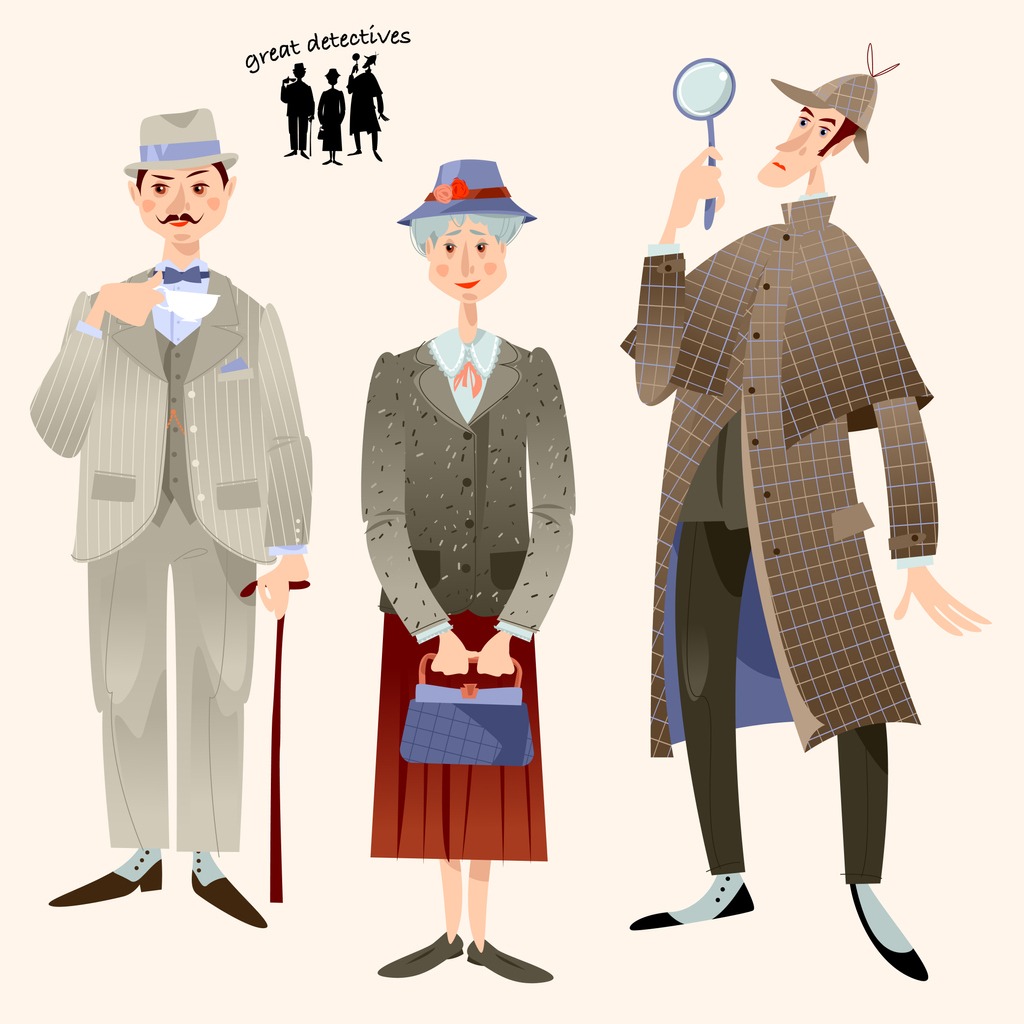Retroactive baby boom

During the Corona pandemic subscriptions to genealogy websites increased to over 10 million and something like 30 million DNA samples have been provided to date for analysis. Spare time at home – and maybe some reflexion about mortality – seems to have fuelled people’s curiosity about their roots. Back in 2019 I wrote in “Big Brother is alive and living in Canada” about my experience discovering I had a half-brother through a DNA match. Since then I have continued delving into my families’ past and by now there are some 6000+ names populating my family tree. I am regularly in touch with people I did not know exist, connected by suspected family links and a passion to find out more about their ancestors and frequently to discover countless skeletons in the family cupboard.
Many people, particularly in Germany, look quizzically at me when I mention my hobby. In the States, Canada, Australia and New Zealand there is an immigrant past to discover, and often a quiet hope that there was some notable or even nobility somewhere back there. Aussies no longer feel shame at discovering their forefather was a convict transported to the Southern Hemisphere. History documents how many prisoners were exiled for petty crimes like stealing a handkerchief or even just being poor. Prison ships on the Thames were overloaded so the “issue” was simply exported like we do these days with unwanted and often toxic waste.
Whether the migrants were voluntary, refugees from poverty, war, debt, failed harvests and loss of land (sounds familiar, doesn’t it?) or adventurers; or involuntary – slaves and convicts – their descendants have a natural need to discover their roots.
As long as I can remember, genealogy has been a popular pastime in the UK. Again there is the hope of discovering a famous or infamous forefather, even in rather prude Britain finding descent from a bastard child of the royal family has always been a badge we would be proud to wear! Coupled with that is a fascination with history and basic curiosity about where we originally came from and whether we are distantly related to someone with the same surname.
In the past, research was a laborious undertaking. Parish registers were introduced in England on 5th Sept 1538 by Thomas Cromwell (NOT Oliver), the advisor to King Henry VIII after he took a trip around Europe and realised that other countries had them. Cromwell had the key role in establishing the Church of England after the King left the Church of Rome. The first registers were written on vellum – animal skin, which helped preserve them. Every parson, vicar or curate had by law to enter in a book every wedding, christening and burial in his parish.
The researcher is often confronted by records damaged by fire or poor storage over the years, and then there is the challenge of reading the vicar’s handwriting. Here the science of deciphering such records – palaeography -can be a huge help. In Britain spelling was not properly standardized until the 18th century, so names are frequently spelt differently. On top of that, it was not until the 20th century that systematic archiving took place, so that you would be obliged to look at individual churches in the hope that all the information sought was in that place.

Censuses have been held every decade in the UK since 1801. These introduced fixed formats for the information about who was present in a particular building on April 1st. This information is a godsend as it shows whole families living together with their age and profession. You just have to know where X happened to be living in a particular year.
Digitisation has brought great advances, with records first being microfilmed, then scanned and even transcribed. Access has spread from church to diocese to county and finally to online databases, greatly promoted by Mormon and Jewish organisations. This makes research so much easier: now the mass of data and thus of countless identically-named persons are the daunting issue. Families traditionally named children after parents, grandparents and godparents. This led to infinite duplicates. In my father’s family alone there was always a John, Richard, Thomas, James, Hannah, Mary, Elizabeth or Sarah and often most if not all of them in one branch.
The church records have patchy evidence on parents of children or of marrying couples, let alone dates of birth, so the work begins, trying several possible leads and eliminating them one by one. The databases speed up the collection of possibilities leaving the correlation to you. There are “hints”, where an algorithm suggests possible hits and finds other family trees that include the target person. No guarantee this information is correct – some researchers are none too stringent in joining up people even if they lived somewhere else or a few decades earlier or later…
More about the possibilities of genealogical research in the digital age will follow in Part 2 next Friday.
Bildquellen
- great-english-detectives-vector-id1317072141: NGvozdeva/ iStock photos
- abstract-315468_1280: Public Domain Pictures / Pixabay

